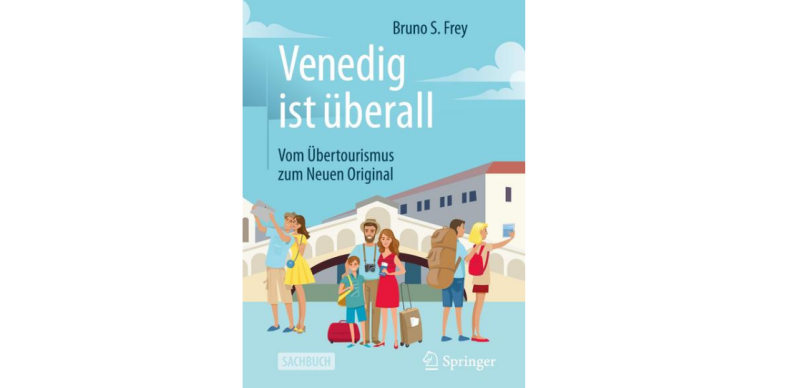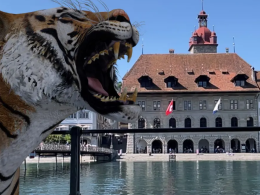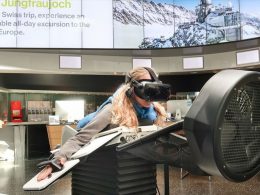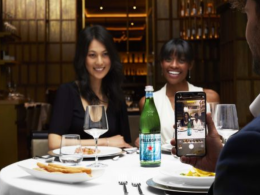Swiss professor Bruno Frey promotes building hyper-realistic copies of popular travel destinations and has written a book about it.
"We need a second Venice," says Swiss professor Bruno Frey. This is not about making Venice accessible now during the Corona Pandemic, as many current solutions do. It's about so-called normal over-tourism. He thinks that now is exactly the time to design a gentler form of tourism. Venice is just one example.
And a very good one, because on some days 130,000 visitors overran the old town. There were sometimes over 30 million tourists per year. In 1949, there were only less than half a million. At the same time, the number of residents has dropped to only about 50,000 today. Housing is becoming unaffordably expensive, the quality of life is declining, but so is the experience for visitors.
Too much of a good thing
Although tourism naturally brings in a lot of money, it definitely has its downsides. Cultural overtourism is the new buzzword for historical sights, museums and cities that are extremely crowded by tourists. The negative effects apply both to the cultural places and to the people who live there. In response, protests are increasing and cultural bodies and mayors are increasingly taking measures to limit the flow of tourists.
Frey: The tourism industry is one of the world's fastest growing sectors of the economy, the number of visitors to Europe will increase from just over 500 million people in 2010 to around 850 million in 2030. But value creation is not increasing at the same rate. Exuberant tourism goes hand in hand with ever shorter visiting times; in the last 20 years, the length of stay has decreased by 15 per cent. This turbo-tourism is economically, ecologically and psychologically unsustainable.
The digital twin
Bruno Frey explores the question in his book: Is this the end of a "culture for all"? On the contrary, he proposes an expansion of the offer as "New Originals": The most important monuments are copied identically at a geographically suitable location. In addition, digital information technologies, i.e. augmented and virtual reality, including holograms, will be used to familiarise visitors with the history and culture of the sites.
Adjacent hotels, restaurants and shops provide the necessary accompanying infrastructure. In this way, the flow of tourists can be distributed between the original and the "new originals". This idea is outlined with its organisational and economic challenges and distinguished from existing Disneyland concepts. Especially for families with children and generally culturally interested people - i.e. for the largest number of visitors - this can be very attractive.
Source: der Spiegel / Cultural Management









